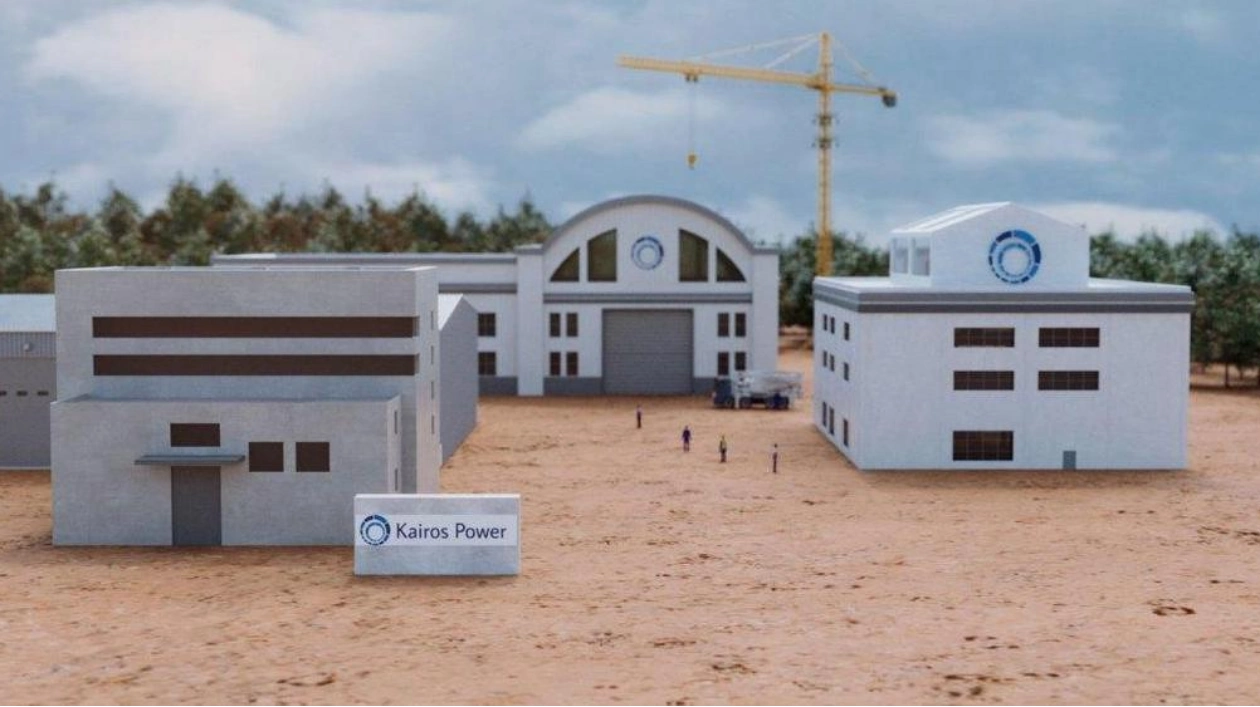To meet the relentless energy demands of artificial intelligence, tech giants are turning to small nuclear reactors. Last week, both Google and Amazon revealed partnerships with firms developing small modular reactors. These reactors will generate less power than traditional ones and feature various fuel types, coolants, and enhanced safety measures. The announcements have intensified the excitement around small modular reactors, which have gained traction in recent years due to the urgent need for clean energy that doesn't exacerbate climate change. Numerous companies have emerged with diverse designs for small modular reactors to address this demand.
"Combining the need for resilient power with the demand for clean energy and the growing availability of these designs creates a surge in interest," explains nuclear engineer Kathryn Huff from the University of Illinois Urbana-Champaign. Meanwhile, the U.S. government is also backing the development of small modular reactors, further fueling interest. This raises the question: what does the future hold for this potential new wave of nuclear power? We delve into the key questions surrounding the shift to smaller reactors.
Traditional nuclear plants in the U.S. typically produce around a billion watts of electrical power, while small modular reactors will generate less than a third of that. The high upfront costs of traditional plants have hindered the construction of new reactors in the U.S. for decades. The first new reactors built in 30 years, located in Waynesboro, Ga., which came online in 2023 and 2024, cost approximately $30 billion and faced significant delays and cost overruns. By opting for smaller reactors, companies and policymakers aim to accelerate the spread of nuclear power, which is seen as a reliable, greenhouse gas-free energy source.
Smaller reactors also simplify safety systems, as they produce less residual heat, requiring less effort to safely shut down in case of an accident. According to Huff, building components offsite and shipping them is more cost-effective than constructing them on-site from raw materials. "The more these reactors resemble airplanes rather than airports in terms of construction, the cheaper they will generally be."
In the U.S., nuclear power enjoys bipartisan support, a rare scenario that has allowed the sector to thrive despite political shifts. "Over the past decade, support has been consistent and growing, which is significant," says nuclear engineer Todd Allen of the University of Michigan. The Biden administration also views nuclear energy as crucial for achieving climate goals.
The insatiable energy needs of AI have prompted tech companies to address their environmental impact. Google announced on October 14 that it would purchase energy from small modular reactors to be built by Kairos Power, aiming for a 2030s startup. On October 16, Amazon announced an investment in X-energy and agreements with utility companies in Virginia and Washington to establish small modular reactors. This interest isn't limited to tech giants; a 2023 agreement between X-energy and chemical company Dow plans to build a small modular reactor at one of Dow's sites.
The U.S. Department of Energy has been funding the development of small modular reactors, announcing $900 million in funding for their deployment on October 16. Both X-energy and TerraPower, backed by Bill Gates, are building demonstration projects with DOE support. Traditional nuclear plants will continue to play a role in the foreseeable future. On September 20, Microsoft announced a deal to restart the Three Mile Island power plant near Middletown, Pa., which shut down in 2019.
"Companies that previously avoided mentioning nuclear energy due to public perception and policy concerns are now embracing it," says nuclear engineer Koroush Shirvan of MIT. Commercial nuclear reactors in the U.S. typically use enriched uranium fuel and water cooling. However, many small modular reactor designs diverge from this standard. These reactors often use high-assay low-enriched uranium (HALEU), which allows for more efficient operation. The U.S. currently lacks significant commercial production of HALEU, but efforts are underway to meet the anticipated demand.
Some reactors use distinct fuel types, such as TRISO fuel used by X-energy and Kairos, which offers enhanced robustness against high temperatures. The choice of coolant is also crucial, with TerraPower using liquid sodium, Kairos opting for molten fluoride salt, and X-energy selecting helium gas. These coolants offer advantages like improved heat transfer efficiency or the elimination of pressurized vessels.
Safety features in these designs often operate without human intervention, ensuring safe shutdown in emergencies. They leverage simple physics, such as gravity, pressure differences, or natural convection of liquid coolants, to cool the core. The concept of small modular reactors has been around for years, but previous attempts have faltered. Recent efforts, like NuScale's project in Idaho, were canceled in 2023 due to cost overruns. Now, with tech companies joining the fray, proponents are optimistic about the future of small modular reactors.
"You can feel the momentum building," Allen says. "While a new commercial version may not appear this year, the level of activity feels more tangible than we've seen in nuclear for a long time."
Source link: https://www.sciencenews.org






